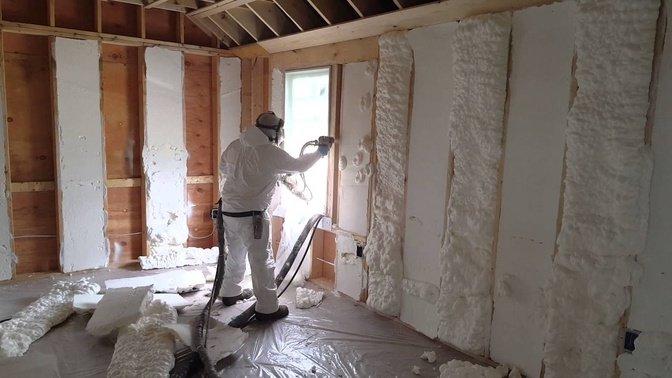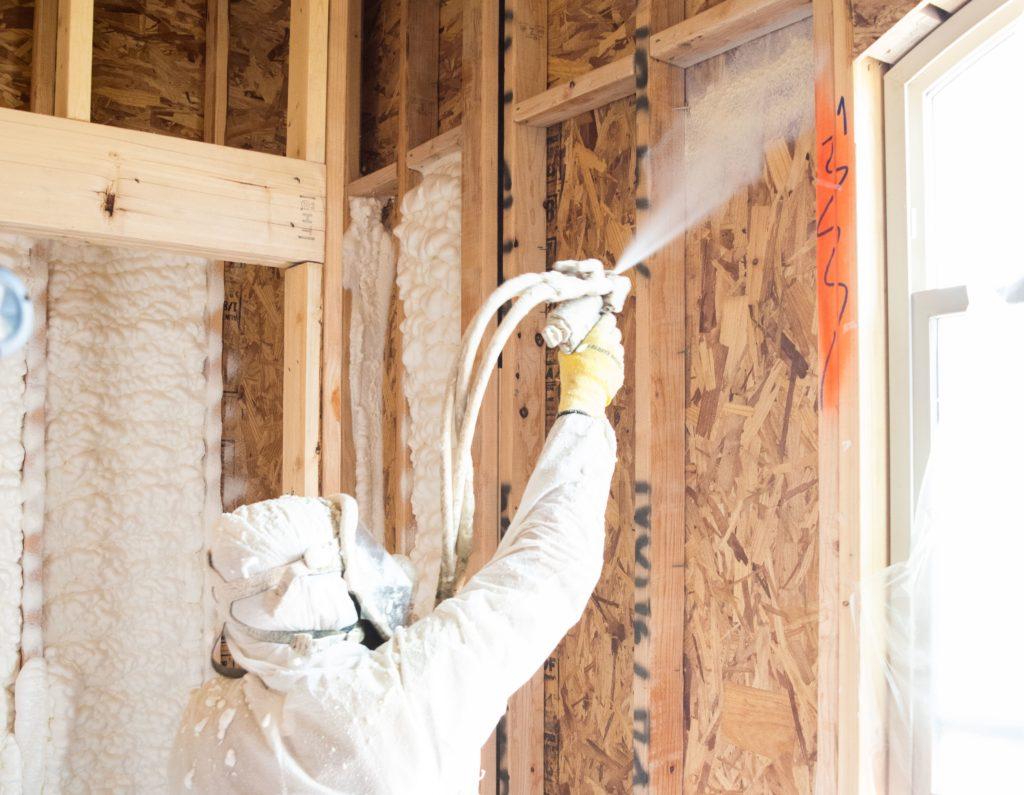Residential insulation plays a key role in maintaining indoor comfort, improving energy efficiency, and reducing utility costs. When evaluating insulation strategies, homeowners and commercial property managers often face a choice between focusing on air sealing and prioritizing R-value. Both elements impact thermal performance, yet they function differently and deliver distinct benefits. This article examines these factors, providing an actionable comparison for informed decision-making.
How Air Sealing Influences Home Insulation Performance
A professional air sealing insulation contractor addresses gaps, cracks, and leaks in a home’s building envelope. Even high R-value insulation cannot compensate for uncontrolled airflow.
Definition and Role of Air Sealing
Air sealing involves closing unintended openings in walls, ceilings, and floors. Common targets include window frames, doorways, attic hatches, and plumbing penetrations. Proper sealing reduces drafts, minimizes heat loss in winter, and prevents heat gain in summer, directly impacting indoor comfort.
Impact on Energy Efficiency
Air sealing can reduce heating and cooling loads by 10–30% depending on the building’s condition. Even homes with high R-value insulation may experience inefficiency if air leaks are present. Addressing leakage points first ensures insulation performs at its full potential.
Techniques for Effective Air Sealing
- Caulking and weatherstripping around doors and windows
- Sealing attic and basement penetrations
- Using spray foam or expanding foam for irregular gaps
- Installing air barriers under siding or exterior sheathing
Understanding R-Value and Its Role in Insulation
R-value measures an insulation material's resistance to heat flow. Higher R-values indicate greater thermal resistance.
What R-Value Indicates
R-value quantifies insulation effectiveness per unit thickness. For instance, fiberglass batts have different R-values depending on density, while spray foam offers higher R-values per inch. Selecting the right R-value ensures adequate thermal protection for the local climate.
Limitations of R-Value
While essential, R-value alone does not prevent air leakage. A home can have high-R insulation but still experience energy loss if gaps exist. Understanding the difference between thermal resistance and airtightness is critical for optimizing insulation performance.
Common Insulation Materials and R-Values
Comparing Air Sealing and R-Value: Which Matters More?
While both elements improve home comfort and energy efficiency, their impacts differ. Air sealing addresses uncontrolled airflow, whereas R-value determines how well insulation slows heat transfer.
Performance in Cold and Hot Climates
In colder climates, air sealing reduces drafts that undermine insulation. In hot climates, preventing warm air infiltration reduces cooling demand. High R-value materials add resistance but are less effective if gaps exist. A combined approach maximizes energy savings.
Cost-Benefit Considerations
Targeting air leaks often yields immediate reductions in energy use. Adding insulation with higher R-value contributes long-term benefits but may not solve comfort issues if leakage persists. Prioritizing air sealing first ensures that any insulation upgrade performs optimally.
Integration Strategies
- Start with a comprehensive air leakage assessment
- Seal all significant cracks and penetrations
- Add insulation to meet or exceed local building code R-value requirements
- Monitor indoor temperature consistency and energy usage to verify improvements
When Spray Foam Enhances Both Air Sealing and R-Value
Spray foam insulation provides dual benefits: it acts as both an air barrier and a high-R-value material. This hybrid performance makes it effective for retrofits and new construction.
Benefits for Homes and Commercial Properties
Spray foam fills irregular cavities and seals gaps simultaneously. Closed-cell foam offers high compressive strength and moisture resistance, while open-cell foam is ideal for sound attenuation and cost-effective thermal protection.
Application Considerations
- Ensure proper thickness to meet R-value goals
- Target attics, crawl spaces, rim joists, and wall cavities
- Maintain ventilation strategies to prevent moisture accumulation
Practical Steps for Optimizing Residential Insulation
Combining air sealing with appropriately rated insulation ensures maximum energy efficiency.
Assessment and Planning
Conduct a home energy audit or blower door test to identify major leakage points. Review existing insulation levels to determine whether additional R-value is necessary.
Execution
- Prioritize sealing major gaps before adding insulation
- Install insulation incrementally, focusing on high-impact areas
- Consider hybrid solutions, such as spray foam plus fiberglass or cellulose for cost-effective coverage
Conclusion
Optimizing residential insulation requires a strategic balance between air sealing and R-value. Air sealing addresses the often-overlooked problem of uncontrolled airflow, ensuring that insulation performs to its full potential. R-value measures a material’s thermal resistance, providing predictable heat retention or reduction. Together, these factors enhance indoor comfort, reduce energy consumption, and extend the life of heating and cooling systems.
Homes and commercial buildings that integrate both strategies typically experience the highest energy efficiency and comfort levels. Prioritizing air sealing before increasing R-value creates a solid foundation for long-term performance, while expert spray foam insulation solution offer a practical solution for simultaneous sealing and thermal resistance.
FAQs
What is the difference between air sealing and R-value?
Air sealing prevents air leaks in a home’s envelope, while R-value measures insulation’s thermal resistance. Both are essential for energy efficiency, but air sealing ensures that insulation performs as intended.
How do I know if my home needs better air sealing?
Signs include drafts near doors or windows, uneven indoor temperatures, and high energy bills. Conducting a blower door test identifies major leakage points for targeted sealing.
Can R-value alone improve energy efficiency?
High R-value insulation slows heat transfer, but it cannot prevent energy loss through leaks. Combining proper R-value with air sealing delivers the best results.
Is spray foam better than fiberglass insulation?
Spray foam offers higher R-value per inch and acts as an air barrier. Fiberglass is cost-effective for large areas but requires proper air sealing to be fully effective.
Where should I prioritize insulation improvements?
Focus on attics, basements, crawl spaces, and areas with frequent air leaks. Addressing these zones first maximizes energy savings and indoor comfort.
Reviewer: Jacob Wright has 6 years of experience in spray foam insulation. He reviewed this content and made sure it focused on the real decisions small business owners deal with every day.







Comments